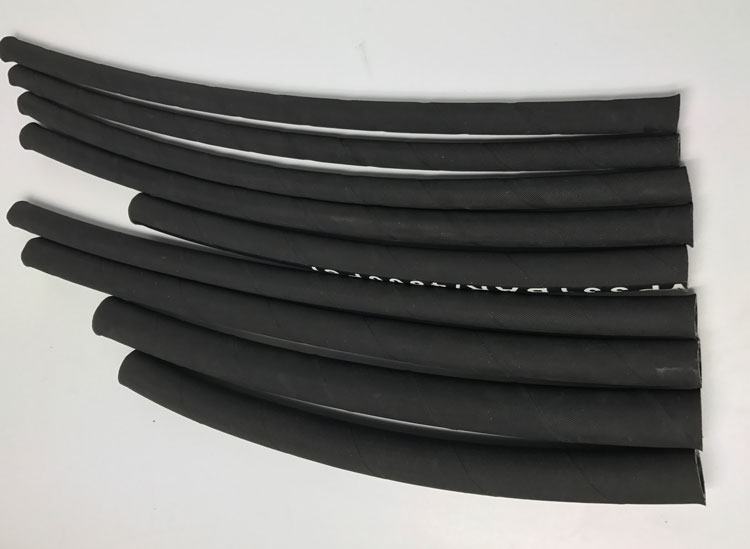The molecular structure of rubber: rubber is also a polymer compound with a relative molecular mass of several hundred thousand. The molecular size of the polymer compound is not fixed, and the so-called relative molecular mass refers to its average relative molecular mass. The relative molecular mass has a great influence on the rubber strength. Generally, the molecular strength is only a certain degree to a certain extent, and the aging resistance of the polymer decreases with the increase of the polymerization degree (the index for measuring the molecular size of the polymer). However, the rubber will break the rubber molecules during the mastication process, and the relative molecular mass will become smaller, which can increase the plasticity and improve the processing conditions.

From the geometrical shape of the rubber molecular chain, it can be divided into three types: linear type, branched type and crosslinked type (also called body type). Different geometries with completely different physical properties. Rubber is very flexible because the carbon atoms in the C-C chain of the rubber molecule can rotate around the chemical bond.
